What are the characteristics of the thread design of large wood screws
2025-05-20In the field of modern woodworking and construction, Large Wood Screws have become indispensable connectors due to their unique thread design and efficient connection performance. The threads are usually designed with a coarse pitch, which makes the spacing between the threads larger. Compared with fine threads, the coarse pitch thread can significantly increase the screwing speed in the wood, and can effectively penetrate the wood layer in a shorter rotation stroke, thereby greatly improving the installation efficiency.
The coarse thread structure not only speeds up the installation speed, but also provides a stronger bite force, especially in soft wood. This design can effectively avoid loosening or pulling out problems caused by loose wood fiber structure. The larger thread bottom diameter and deeper thread depth further enhance the contact area with the wood, improve friction and tensile resistance, and ensure the stability of the connection.
In terms of thread profile shape, Large Wood Screws mostly adopt a wide-angle triangle or sawtooth design, which has excellent cutting force and self-tapping ability. This structure can effectively cut the wood fiber during the screwing process instead of simply pressing, thereby significantly reducing installation resistance and reducing the risk of wood cracking. Some high-performance products use asymmetric thread forms, with steep edges on one side to carry the main tensile force, while the other side is designed with a gentle slope angle to reduce screw-in resistance and achieve an ideal balance between tensile strength and screw-in performance. In addition, some screws also introduce micro-cutting grooves or double thread systems on the edge of the thread to further optimize the self-tapping effect, reduce wood chip accumulation, and improve the smoothness of construction.
In terms of long screw structure, the distribution of threads also has significant technical characteristics. Some Large Wood Screws use a partial thread design, that is, threads are set on one section of the screw while the other section remains smooth. This design is intended to produce a stronger clamping force, form a closer contact surface between the wood, and prevent structural loosening caused by wood swelling or shrinkage. In butt joints or penetration joints, this segmented thread structure shows obvious mechanical advantages, which can firmly pull the two components together during tightening and enhance the integrity of the overall structure.
It is worth noting that some large wood screws also use variable pitch or progressive thread design, and the thread gradually changes the pitch or thread depth from the front to the tail. This innovative structure provides fast cutting ability during initial screwing, while enhancing locking and anti-pullout effect in the middle and rear sections. The design of progressive thread can effectively reduce stress concentration inside the wood and reduce crack propagation caused by excessive compression or structural mutation, which is particularly suitable for structural connections with large loads.
The processing accuracy and surface finish of the thread are also crucial to the connection effect. High-precision processing ensures that the thread is evenly stressed during the screwing process, reducing the risk of thread slippage or deviation, thereby improving the consistency of the connection. At the same time, lubrication treatment or anti-corrosion coating on the thread surface can effectively reduce the friction coefficient, making the installation process smoother and preventing thread damage or locking due to rust during long-term use. Surface treatment technologies such as ceramic coating, electrophoretic coating or composite plating not only improve protection performance, but also enhance reliability in extreme environments.




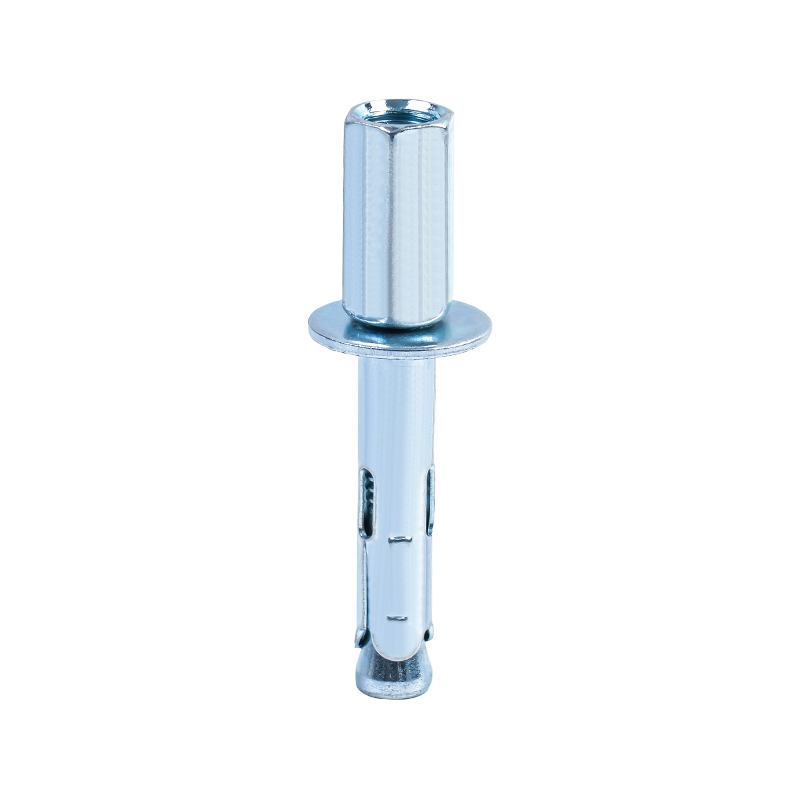
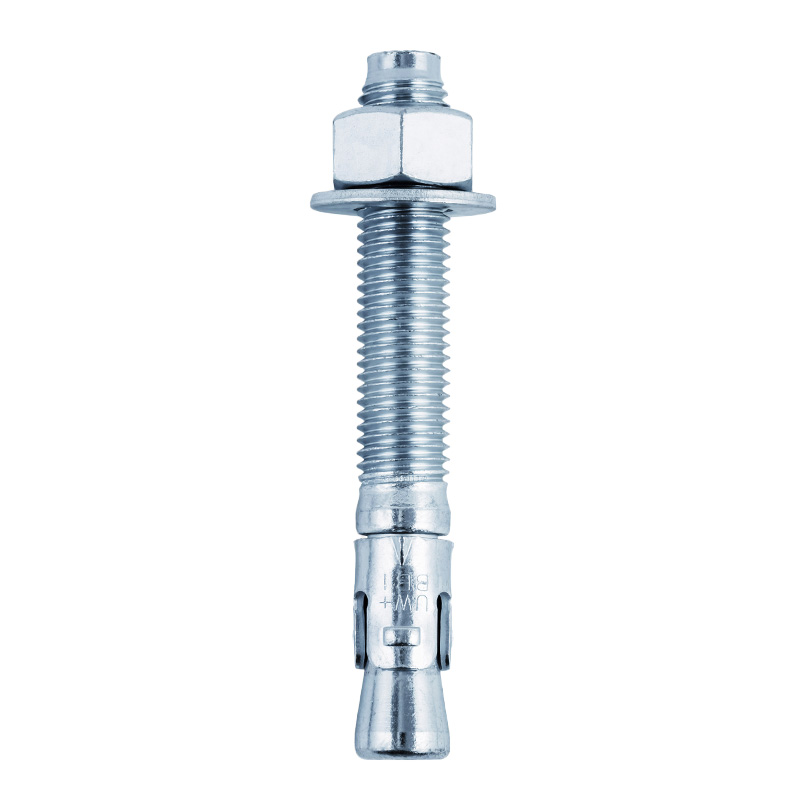
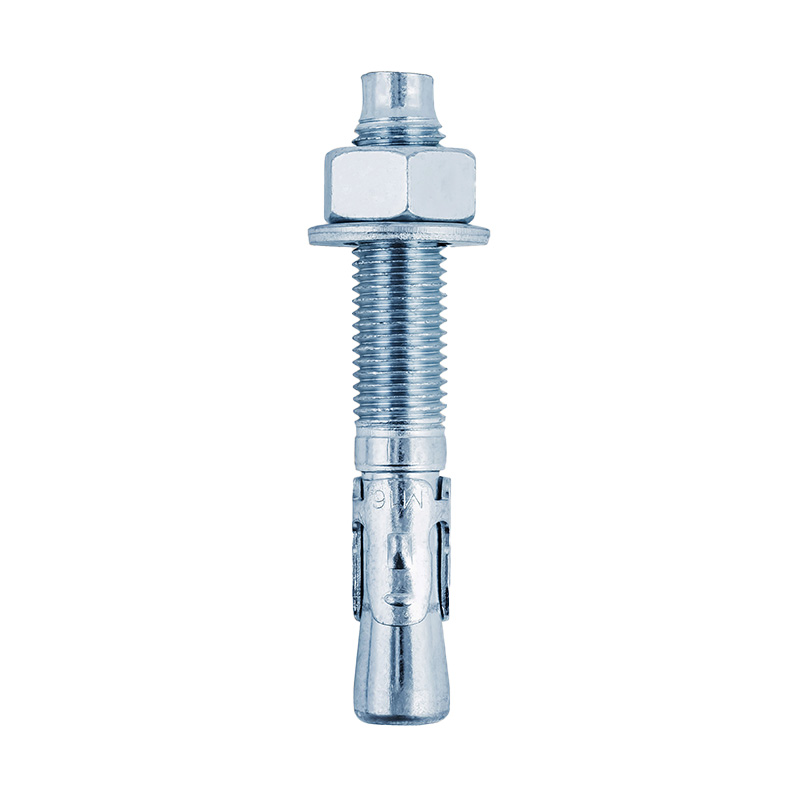
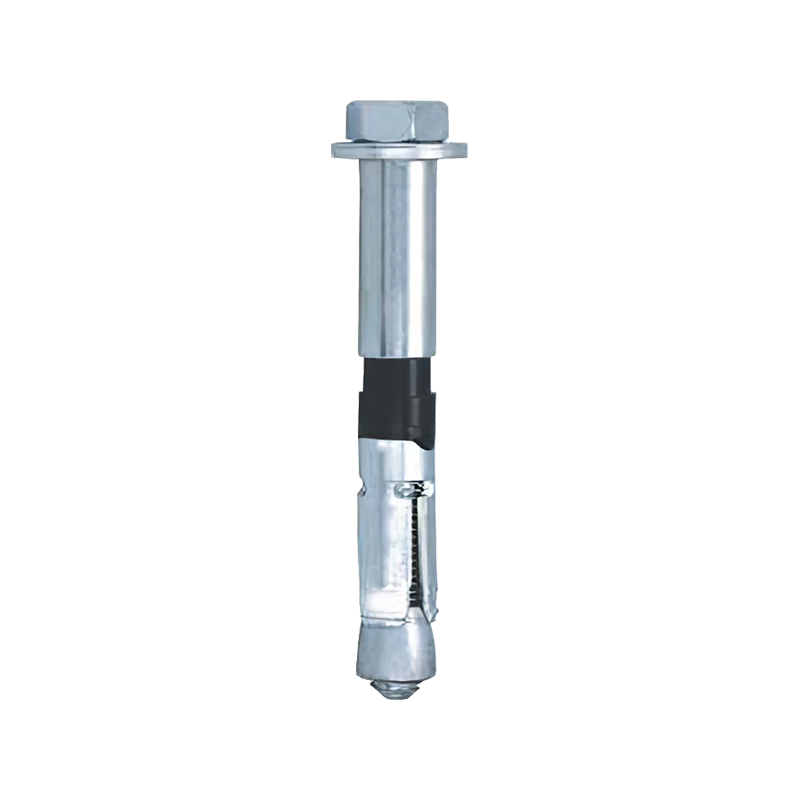
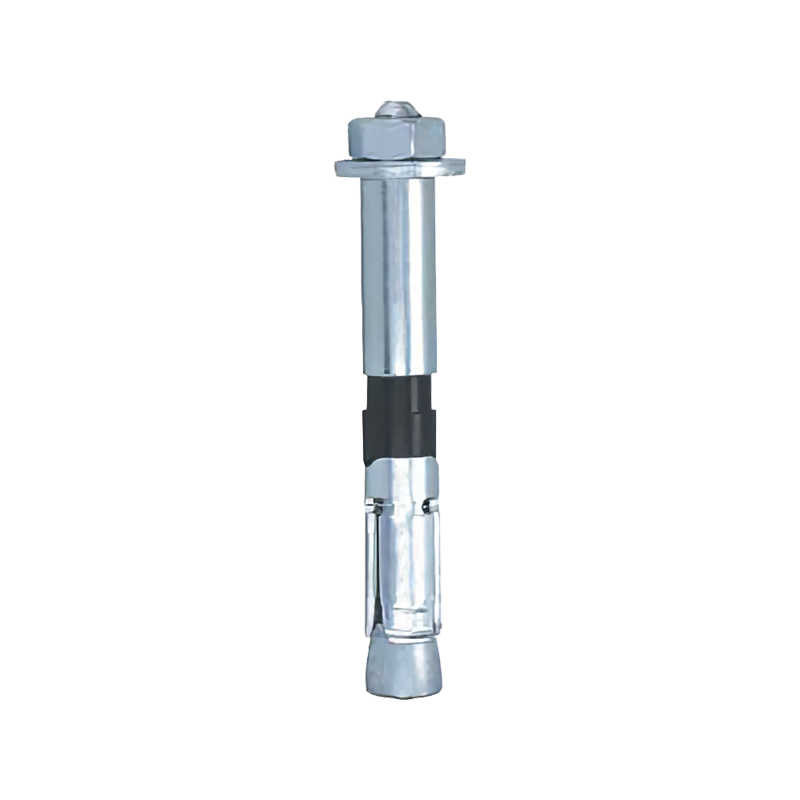
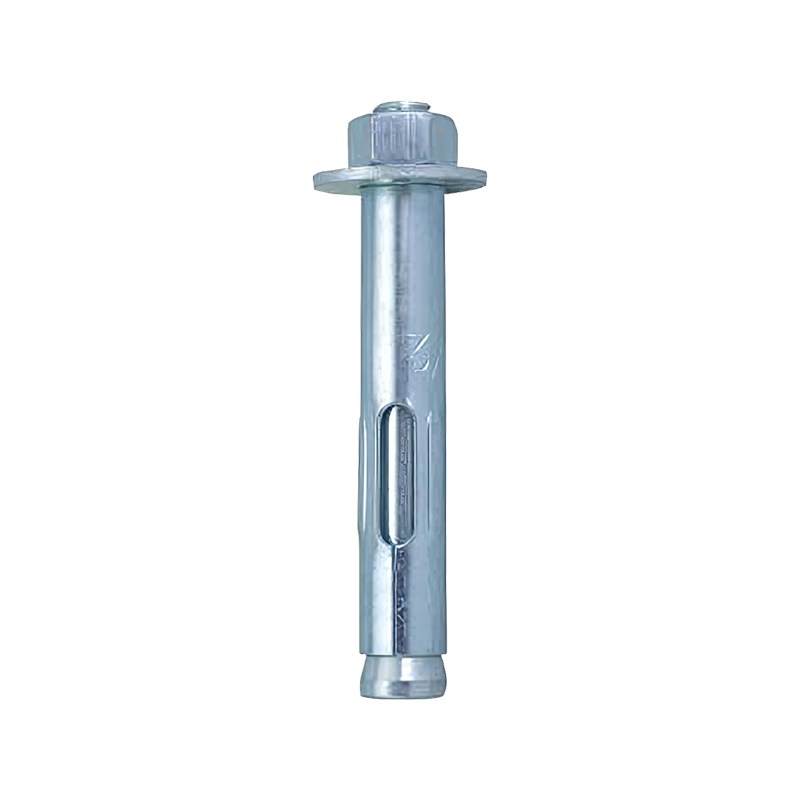


Contact Us